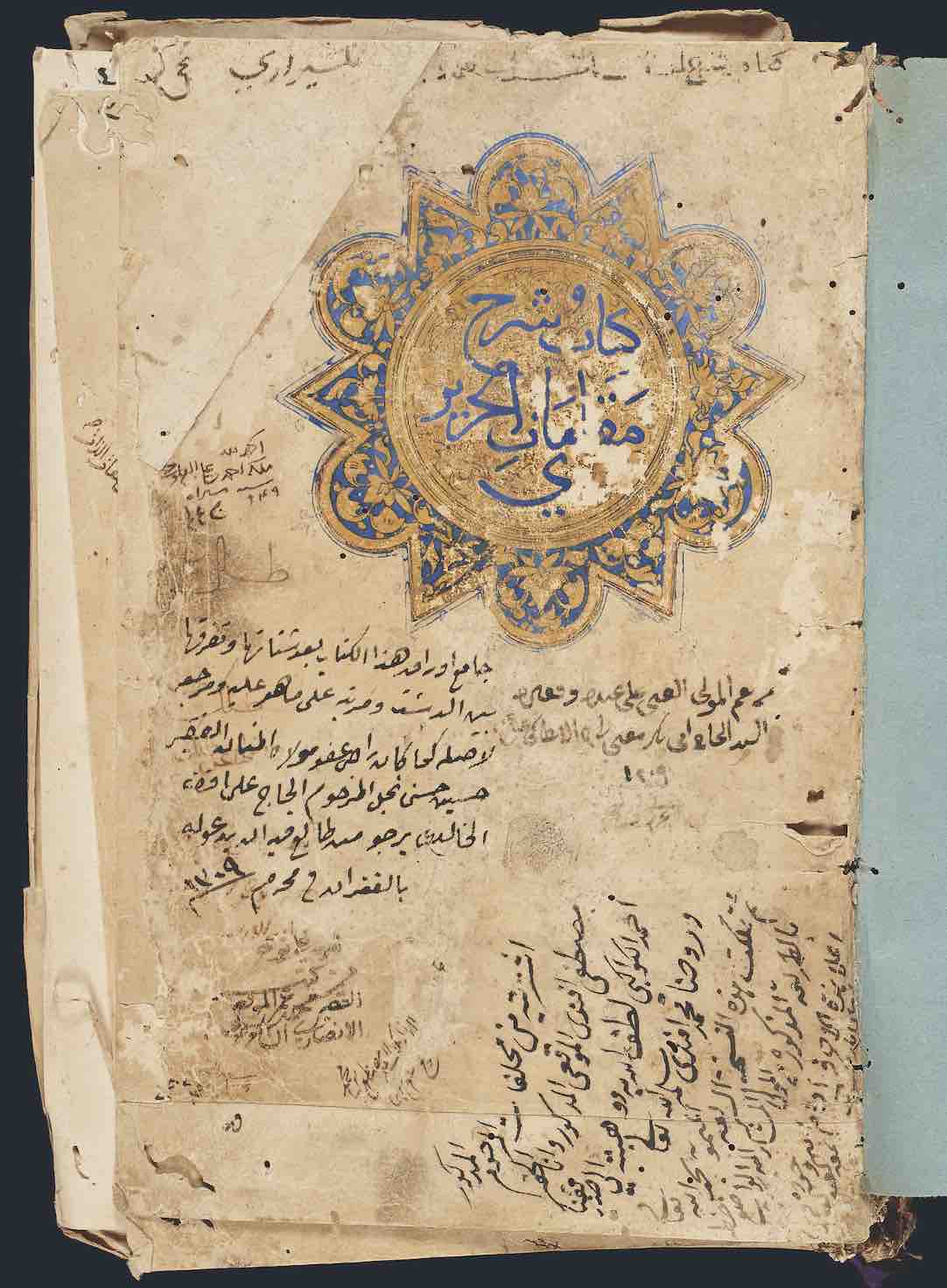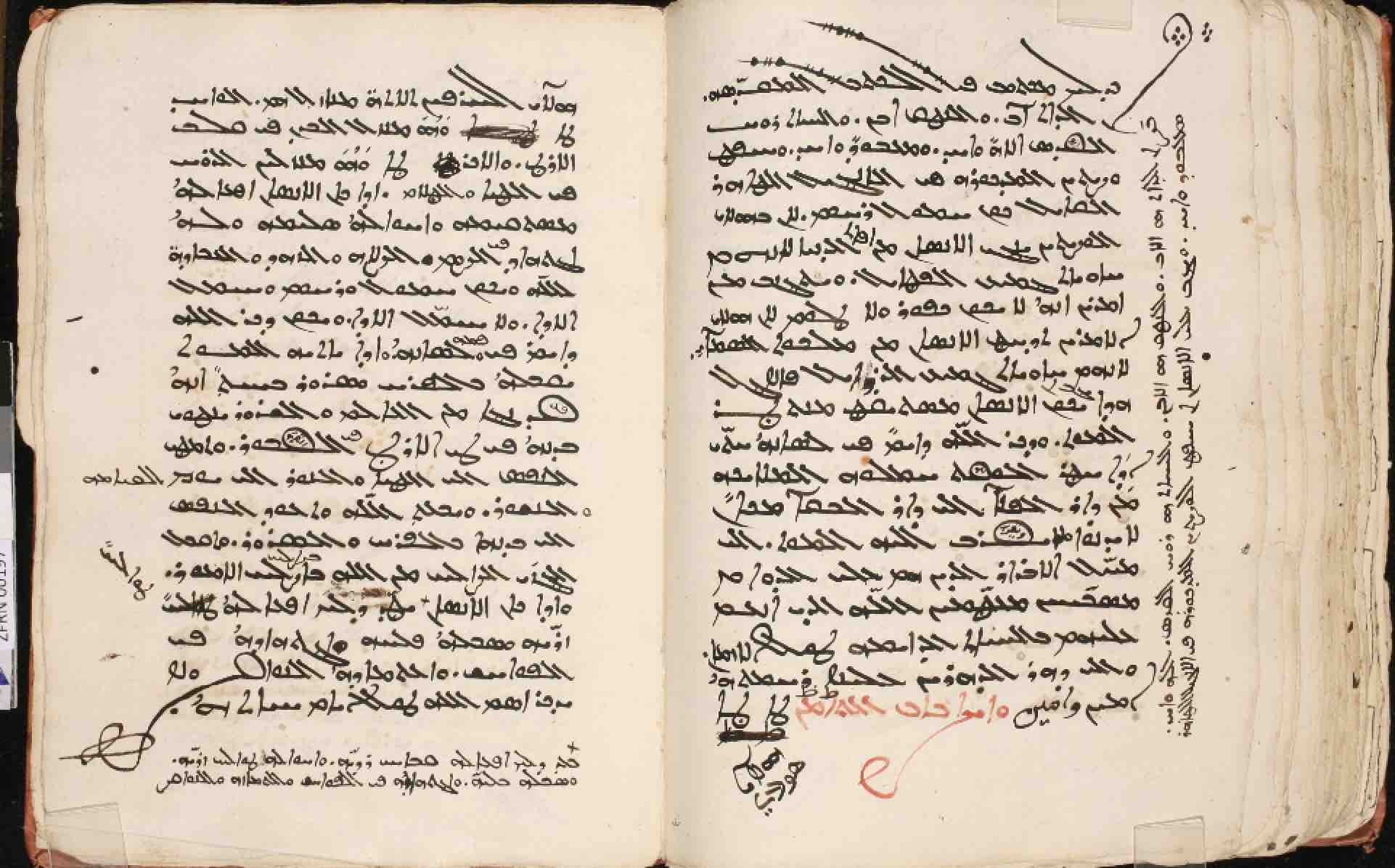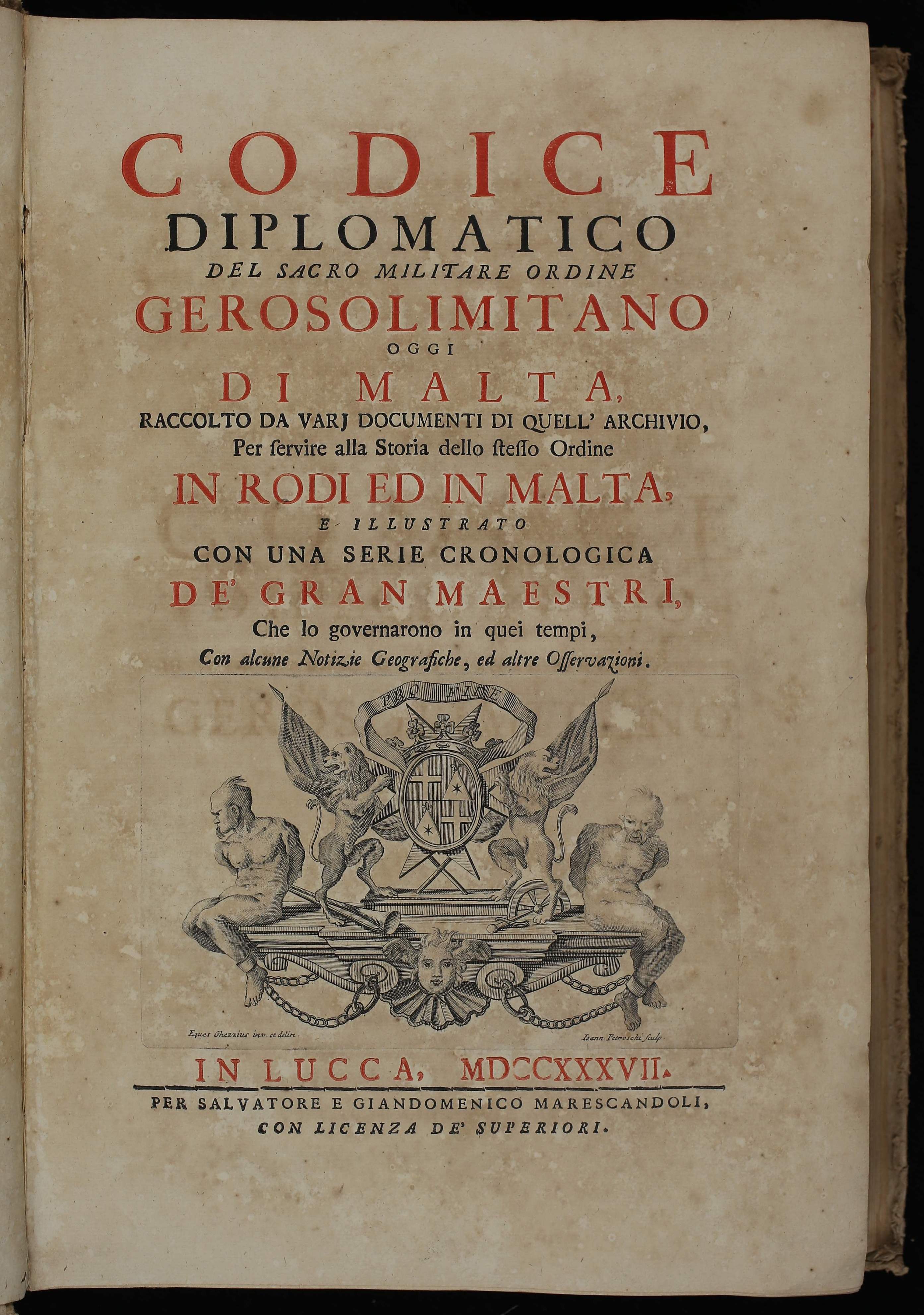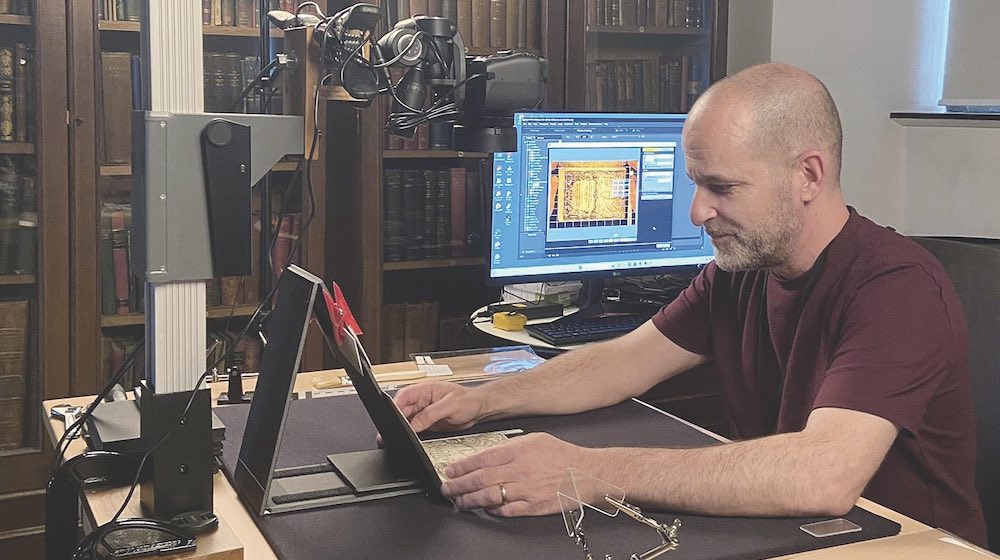The Power Of A Name
The Power of a Name
December 26, 2020In January 2020, the National Endowment for the Humanities (NEH) awarded HMML a major grant to support our mission to preserve and share handwritten cultural heritage. The “Developing Resources for the Description of Manuscripts from Understudied Christian and Islamic Traditions” grant provides HMML with the opportunity to solve two primary challenges that confront open access to manuscripts from understudied traditions: support for curators and catalogers to provide critical manuscript descriptions, and the ability to create authority files which standardize the names of writers, titles, places, and organizations found within these traditions. As Fr. Columba notes, “Cataloging is an essential step in preserving cultural heritage. If a manuscript is digitized and preserved but not findable and accessible to the world, it cannot be read, studied or appreciated.”

This manuscript is part of the collection at the Khalidi Library in Jerusalem. Al-Shīrāzī composed the commentary in 1256; the manuscript was likely copied in the 15th century. The gold-leaf titlepiece reads “Kitāb Sharḥ Maqāmāt al-Ḥarīrī,” The Book of the Commentary on the Maqāmāt of al-Ḥarīrī. Al-Ḥarīrī was an Arab poet and scholar and master of the maqāmah genre of storytelling; the commentary by Al-Shīrāzī helps explain obscure and artful use of words in Al-Ḥarīrī’s text. The remainder of the page describes the history of the manuscript’s ownership and the repair of the book in 1891. (AKDI 1671 969)
Cataloging as Community
At HMML, describing manuscripts is the work of a group. The NEH grant enabled HMML to employ six new scholars and a director of cataloging to focus on HMML’s Eastern Christian and Islamic collections. This team joins two additional scholars funded by Arcadia Fund and the Mildred Kellogg Foundation. When combined with the curators of the Western European and Malta collections, HMML now supports the largest, most diverse group of scholars describing the microfilm and digital collections in our 56-year history.
Because of their range of experience and expertise, HMML’s catalogers and curators frequently draw upon each other to identify and link manuscripts across collections. Comprehensive, formal collaboration is a powerful asset of HMML. Such collaboration can fill language gaps: while Dr. Matthew Heintzelman cataloged the Latin and German manuscripts from Stift Göttweig in Austria, curators Dr. Josh Mugler and Dr. David Calabro added metadata for Arabic, Turkish, and Hebrew materials in the same collection. So too can casual collaboration lead to wonderful insights. Dr. Vevian Zaki shared a comment with her colleagues about a scribal note in Arabic Garshuni (Arabic written in Syriac script) from the Lebanese Maronite Missionary Order in Jūniyah, Lebanon. A spirited discussion ensued about the Maronite Catholic school in Rome. Within five minutes, Dr. Daniel Gullo was able to identify the likely place of writing, the “Mountain of Horses,” as the Quirinal Hill in Rome.
Our joint effort is supported by the advancement of digital resources that can be used simultaneously by HMML staff around the world, whether they’re working in Germany, Egypt, or Chicago. Communication tools such as Zoom and Slack allow our group of catalogers to work as a community, exchanging ideas in real time regardless of their location. This is all the more pressing given the barriers to travel and face-to-face meetings during the COVID-19 pandemic.

Standardization Enables Sharing
Intensive manuscript description results in the identification of understudied and unknown names and titles. The role of a metadata librarian is to then work with the curators and catalogers to standardize these names.
For example, to create an authority file for a writer’s name we verify the identity of the person to whom the name is referring, using biographical information like birth and death dates to differentiate people and confirm identities. We verify that each name is transliterated in a way that is true to the original language; for example:
- The spelling of the name عبد الجبار بن أحمد الأسدابادي is transliterated to “‘Abd al-Jabbār ibn Aḥmad al-Asadābādī,” rather than an anglicized version of that name, such as “Abdul.”
HMML has been gathering these names for years, building upon the cataloging and metadata standards developed for HMML Reading Room in 2015. Since 2016, nearly 40 percent of HMML’s cataloged manuscripts contain names that lack records in either the Library of Congress (LC) or the Virtual International Authority File (VIAF). Because of the scale of HMML’s collections and focus on materials historically underrepresented in western scholarship, we can build the scholarly infrastructure that currently does not exist for many of these traditions. This service-focused scholarship will in turn broaden the impact of HMML’s preservation efforts.
Since March, HMML has created more than 800 authority records to contribute to LC and VIAF, using our cataloging data to establish international standards. This work requires the linguistic and historical expertise of the involved curators and catalogers, as well as a thorough understanding of international cataloging standards and additional biographical and cross-cultural research.
Empowered by the NEH grant, HMML is creating the HMML Authority File, an online database of standardized names. HMML’s efforts will support librarians and scholars around the world to recognize previously unknown contributors; differentiate authors and texts that had been treated homogeneously; reunite separated materials; and trace the migration of handwritten texts across religious traditions and geographic, political, and linguistic divides.

This story originally appeared in the Winter 2020 issue of HMML Magazine.




